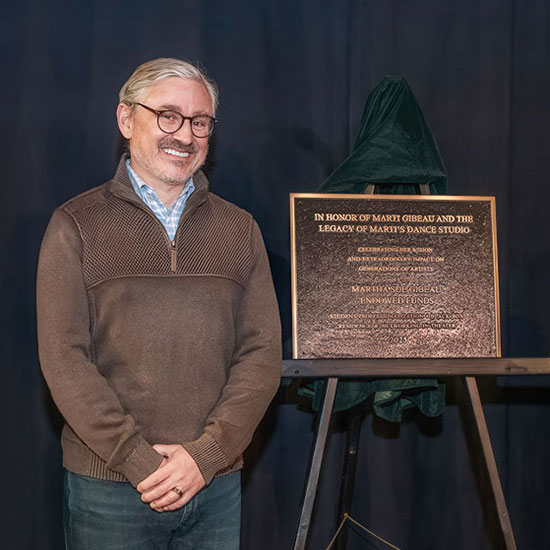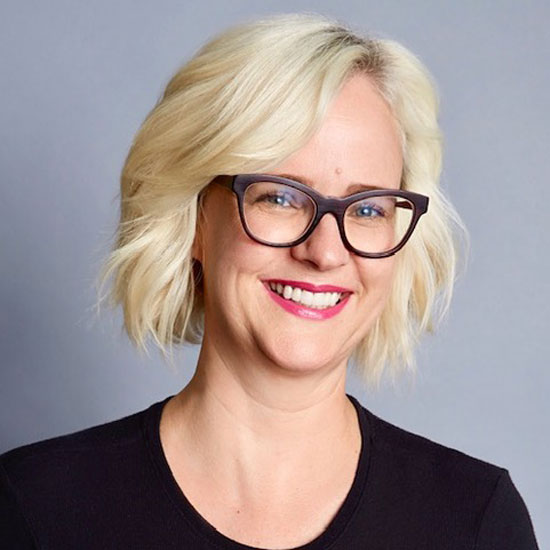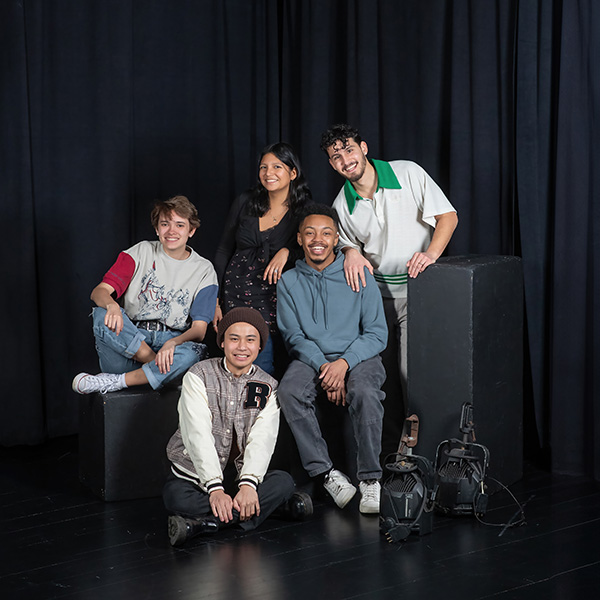The promise of the future
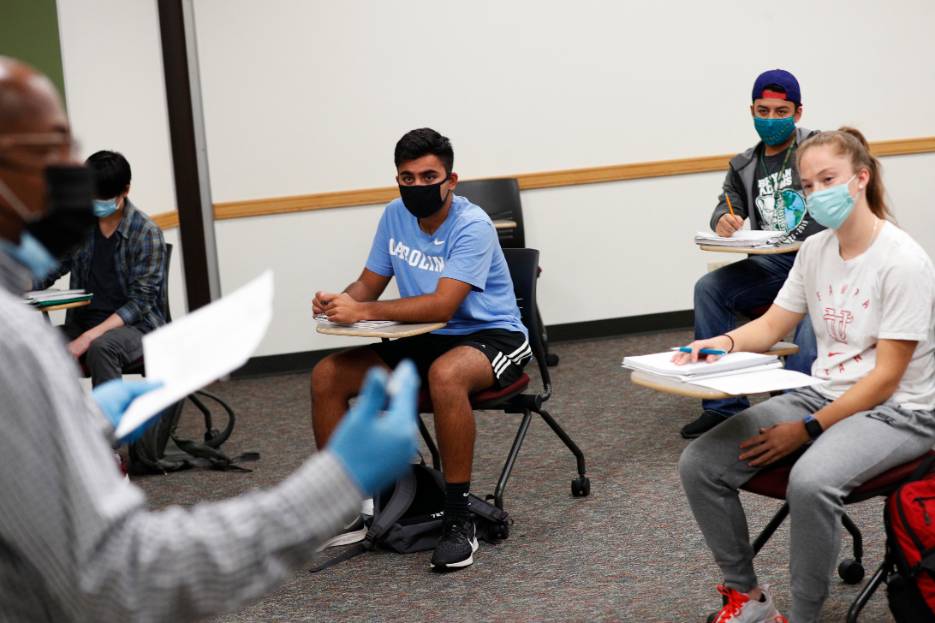
2020 was a year marked by crisis, upheaval and uncertainty.
A pandemic, with a reach not seen in a century, has challenged health systems, wrought economic confusion and disrupted the political landscape. There have been forceful demands for racial justice and calls for sweeping reform. The roles of government institutions have been called into question, and the lines of the U.S. presidential election dramatically redrawn.
The issues are complicated, the problems unyielding and often difficult to define. Sides have dug in and become polarized. Trust has waned, and reconciliation often seems implausible. And lingering questions from this year’s elections are likely to stay with us for a long time to come.
Is there any hope for the future?
Although their disciplinary perspectives differ, members of the Skidmore College faculty and administration often articulate a similar position: Today’s most pressing problems — from COVID-19 to questions of racial justice — will not be solved through simplistic means but instead require deep and often empathetic understanding of a multitude of views: the ability to sift through multiple vantages, to look for harmony among conflicting perspectives and to derive inspiration from unexpected sources — often across disciplinary lines.
In short, the lessons of a well-rounded liberal arts education give us reason to hope that difficult problems can be tackled and that reconciliation may be found.
“Bringing all the arts and sciences together, along with a range of pre-professional subjects; offering an interdisciplinary education that emphasizes how different fields and subjects overlap and inform each other; giving students a broadly informed education not just in many subjects, but in how very different subjects actually help us understand them all — this is the educational system most in need in America today,” President Marc C. Conner told incoming students at Convocation this fall.
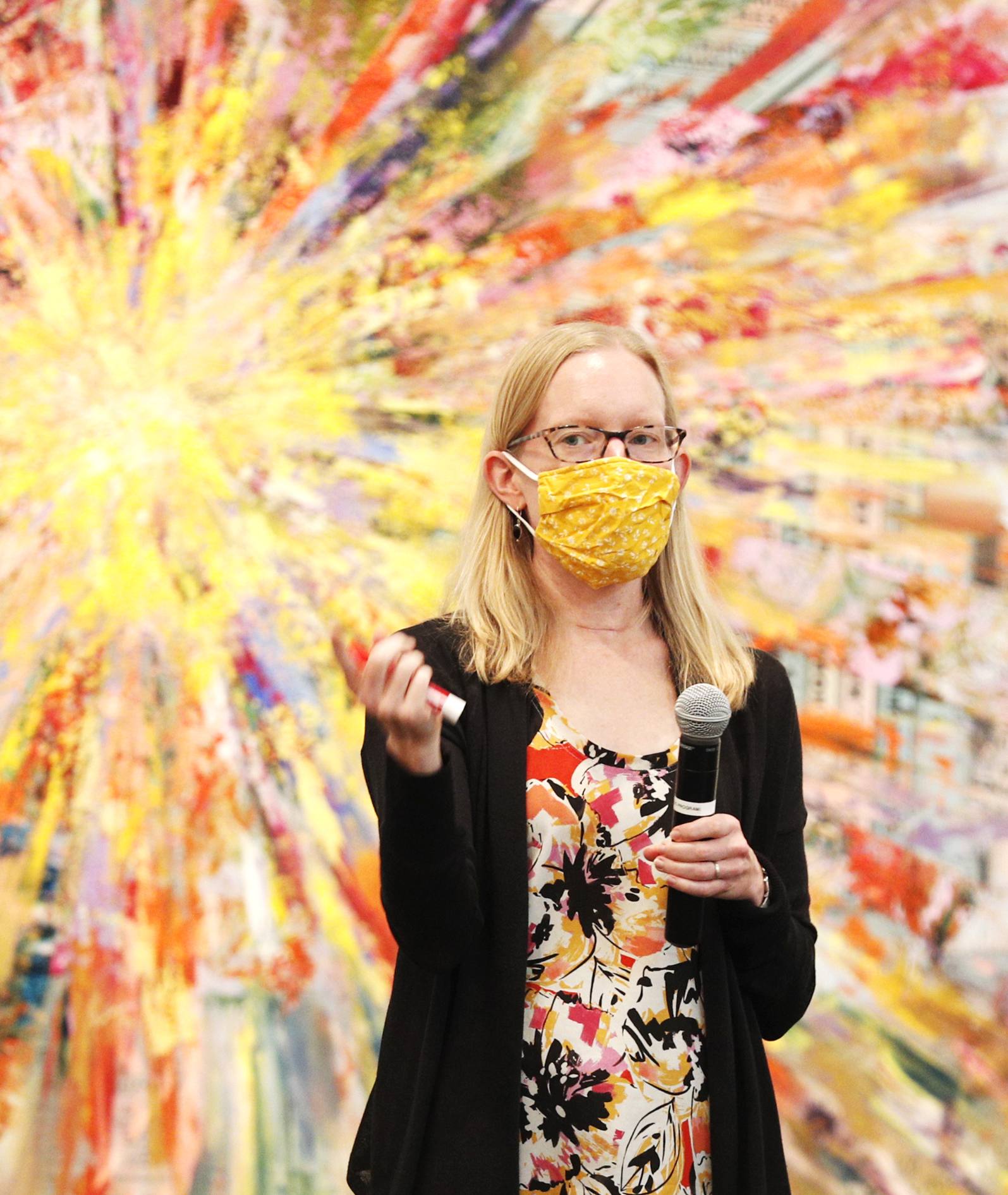
Courses have demonstrated extraordinary creativity this fall. Rachel Roe-Dale, associate professor of mathematics and statistics, explored connections between math and art with Malloy Curator Rachel Seligman in their course Math in the Museum.
Even at a time of enormous challenge, the College is moving forward with bold initiatives for the future. Among them is the Center for Integrated Sciences, the single largest academic initiative in College history, whose first phase was just completed and opened. At the heart of the CIS project is an emphasis on interdisciplinary connections among the sciences but also the arts, humanities and social sciences, the belief that scientific literacy is essential for all students and the conviction that creative crosspollination will drive innovations of the future.
A new general education curriculum, which was approved in 2017 and went into effect this fall, similarly emphasizes integrative learning and making connections among multiple courses, ideas and experiences of Skidmore’s liberal arts curriculum.
Among the innovations of the updated curriculum is a Bridge Experience on Power and Justice. Inspired in part by Skidmore’s First-Year Experience, it encourages second- and third-year students “to ask fresh and timely questions about power, justice and identity in contemporary America,” said Eric Morser, a history professor who coordinates the effort. “Teachers from departments across campus will offer these innovative classes and provide students with a chance to apply what they learn in the classroom to real-world problems.”
Years in the making, Skidmore’s Black Studies Program, which includes a multidisciplinary minor, also officially took flight this semester. The timing could not be better.
“Black Studies is particularly equipped for this moment when so many people are demanding racial justice, in part because these courses place the contemporary and historical in conversation with one another,” said Director and Professor of Black Studies Winston Grady-Willis. “I made a conscious effort to reorganize the syllabus for Introduction to Black Studies this semester so that the entire first course block was devoted to Black Lives Matter. Given this moment in our collective history, to not do so would have compromised the integrity of the course.”
Across the College, faculty have transformed the challenges of the current moment into opportunities to tackle difficult challenges through coursework, both in person and online.
Shelley Joyce, managing director of the Arthur Zankel Music Center, restructured a course she offers in the Arts Administration Program to consider the complicated issues raised by the pandemic and the Black Lives Matter movement.
How do you problem-solve when the problems are such that they seem so insurmountable? This is part of our education.Shelley JoyceArts Administration Program
In the Economics Department, Associate Professor Marketa Halova Wolfe, Professor Peter von Allmen, Assistant Professor Sandra Goff and Assistant Professor Rodrigo Schneider teamed up to deliver a course, the Economics of COVID-19, delving into topics ranging from public finance to health care.
“We’re not only providing the courses that students would traditionally have but creating new courses about what is in the news,” Wolfe said.
This year’s elections have drawn particular interest.
“Especially for young people who don’t have a personal, lived experience of our electoral or political system, the last eight months — from March until November — are really an open question as to whether the political system we have built is viable to meet the challenges of modern society, whether those challenges are on the public health front or in the deep and profound cleavages that are apparent in our society along racial lines and political lines,” noted Assistant Professor of Political Science Christopher Mann.
Mann’s Introduction to American Politics — a course that Mann calls “driver’s ed for citizenship” — encourages students to put the College’s philosophy of Creative Thought Matters into practice through assignments, including one that asks students to propose a constitutional amendment to meet the needs of contemporary society.
“It’s a very CTM-type of exercise — really thinking through how students would rebuild our government, reform our government to be better able to respond to the pandemic, to racial justice, to the highly politicized nature of the Supreme Court nomination process,” Mann said. “A liberal arts education helps you to grapple with these kinds of conflicting points of view, helping you to understand other people’s points of view and the trade-offs of principles — each one of which seems valuable, good and legitimate, but they can’t all work at the same time.”
The Tang Teaching Museum and Art Gallery has also played an important role in fostering informed conversations about politics through election-inspired exhibitions, virtual primers before the presidential and vice presidential debates, and a debrief on the questions and controversies in the aftermath of the election.
As part of his Artist Interview course, Dayton Director of the Tang and Professor of Liberal Arts Ian Berry presented a series of conversations called “Pandemic and Protest, Responses to Now” with photographers Isaac Scott and Danielle St. Laurent, who documented the Black Lives Matter protests and the pandemic, respectively, and Nicole Cherubini, who created masks inspired by her exhibition “Shaking the Trees.”
“What we teach through a lot of the courses and programs at the Tang is exploring that space within arts and ideas that allows all of us to find our own voice, to find our own positions and to have confidence in those positions,” Berry said. “This moment has shown the need for the arts in every facet of our lives more than ever … We need some healing in this world.”
For President Conner, the liberal arts provide reason for hope by teaching us how to overcome the challenges of the present moment. And the presence of a diversity of views is central to those efforts.
“We’re living in a time when a Manichean worldview dominates. Us versus them. Two warring opposites that can’t imagine the truth or legitimacy of the other … That is the very opposite of what a liberal arts education teaches us,” Conner said at Convocation. “A great liberal arts college knows that truth depends upon argument; meaning arises through debate and contestation; my being open to the challenge of a different world view shows my confidence, not my weakness.
“And at the very heart of the liberal arts ideal is this conviction: Difference and diversity and multiplicity is the glory of the human condition. Yes, that makes for argument. Yes, it makes for messiness. But it’s also where the deepest beauty, and frankly the most fun, is to be found.”
This article first appeared in the fall 2020 issue of Skidmore College's Scope magazine.
